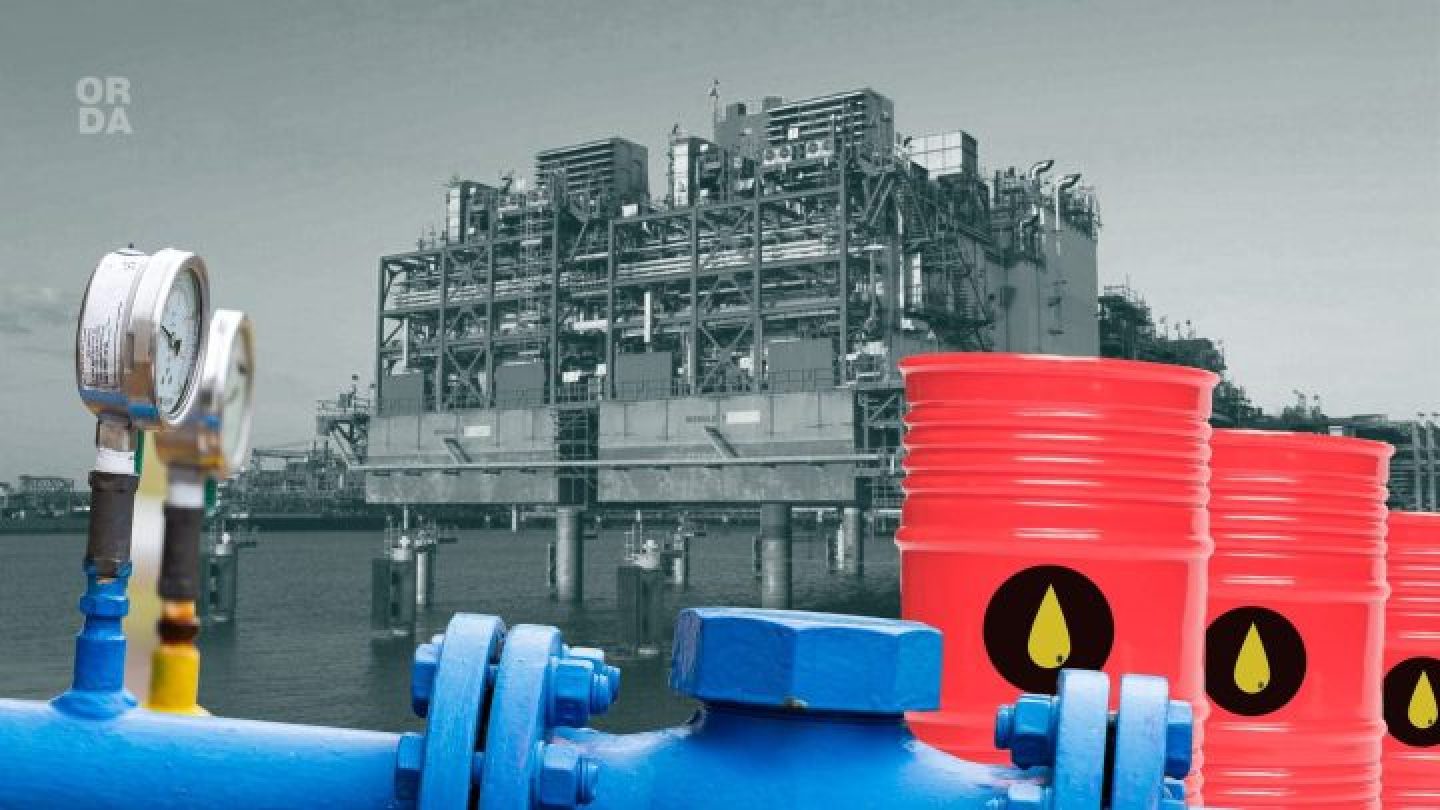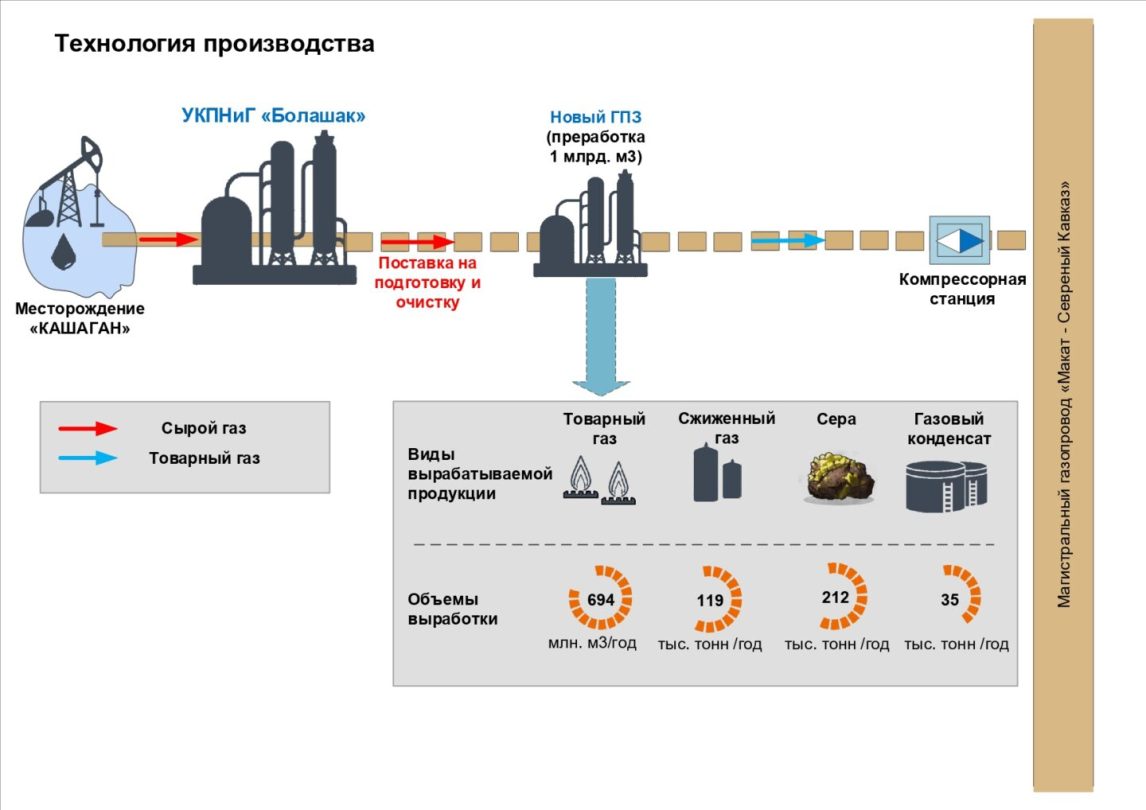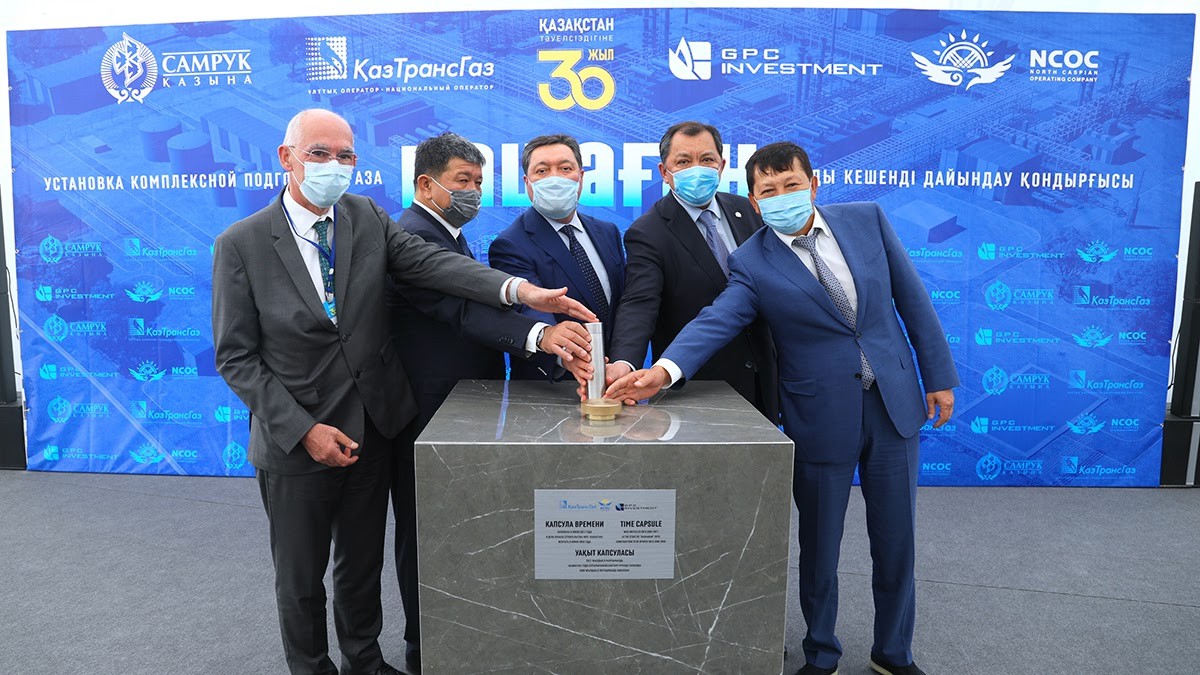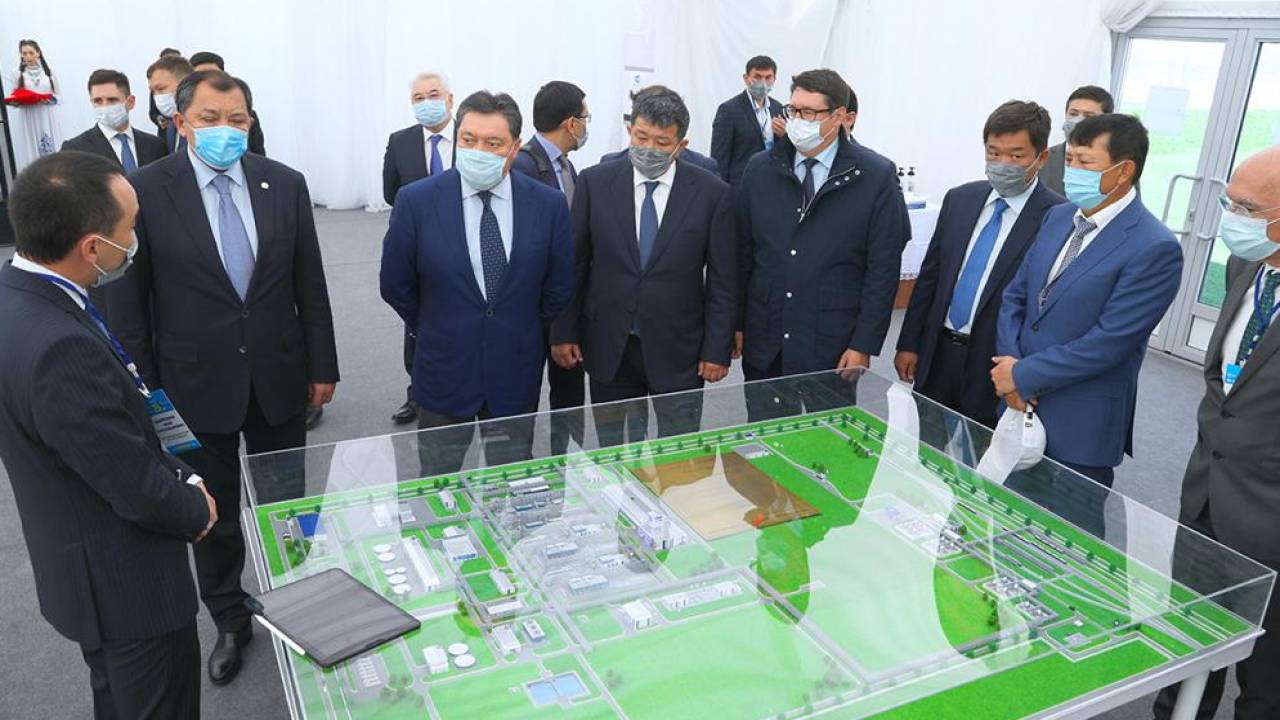Kazakhstan's Biggest Dispute: Kashagan on The Other Side of the Truth

The "diamond in the crown of Kazakhstan" turned from victory and ascent to the Olympus of oil and gas countries into the biggest disappointment. Orda.kz has collected a history of failures and mistakes in the management of the Kashagan project.
The editorial board regularly writes about three fields operating under the Production sharing agreement (PSA) and the Production sharing contract (PSC). The peculiarity of these contracts is the division of oil into Cost oil (compensatory oil and gas raw materials) and Profit oil (profitable oil and gas raw materials). In the first case, international consortia take all the money from the sale of hydrocarbons for all their investments and expenses during the development of the field. And in the second case, the funds from the sale are divided between all participants and Kazakhstan. In regard to Kashagan, this is only 2% after oil production. The country has three such contracts: Kashagan, Dunga, and Karachaganak.
On June 30, 2000, one of the largest deposits in 40 years, Kashagan, was discovered in the northern part of the Caspian Sea. Its oil reserves were estimated at 4.5 billion tons. The international giants involved are SHELL, ENI, ExxonMobil, Total, CNPC, Inpex and KazMunayGas. The national company received 16.88% as compensation due to the schedule shift for reaching the commercial level. The operator of the oil consortium is the North Caspian Operating Company (NCOC).
The Ministry of Energy and the authorized body, PSA LLP, are the defenders of Kazakhstan's interests in the projects. It was these two organizations that filed arbitration proceedings against international oil giants.
Kazakhstan estimated the total damage in Kashagan and Karachaganak at $16.5 billion
Interesting Facts: The Story of The Fall
The Kashagan field was supposed to become the "diamond in the crown of Kazakhstan", but it turned out to be a disappointment. The government and the people had high hopes, but commercial oil production on the project began only 16 years after the discovery.
Commercial mining attempts:
- The first date of commercial production was set for 2008, but something went wrong. The deadline was shifted.
- September 2013: Two weeks after the launch, hydrogen sulfide leaks were detected in pipelines from the island "D".
- October 2013: Cracking of the gas pipeline from the effects of hydrogen sulfide.
- February 2014: Promises made to replace oil and gas pipelines, but the project was frozen again.
- September 2016: The consortium carried out repairs economically and carefully at its own expense. Oil finally started flowing from the Kashagan field.
It is noteworthy that the main work on Phase-1 at the field until 2013 was carried out by the commercial brand of the Italian group Eni – Agip. They were later replaced by SHELL.

There were also problems with the installation of integrated oil and gas treatment (UKPNiG) "Bolashak". A complex was built at Karabatan in July 2013 to operate one of the largest and most expensive energy projects in the world. A pipeline was laid along the bottom of the Caspian Sea, through which oil products are delivered to the plant. There, they are processed, and divided into oil, sulfur and gas.
British Prime Minister David Cameron flew to the opening from foggy Albion. It remained a secret to the general public that the plant was not ready at this time despite the investments made. In other words, even if there was no leakage of hydrogen sulfide, Bolashak would not have lasted long.


The Bright Future That Never Was: The Consortium's Three Misfires
The history of the Kashagan project can be divided into three key "misfires", which affected the entire chain of events.
First Misfire: Loss of Control
Currently, neither the international consortium's representatives nor Kazakhstan's side have any idea in what configuration Phase-2 will begin, let alone Phase-3. SHELL has probably already lost control over the development of the project.
At the same time, in order to cool things down on the part of the government of Kazakhstan, the consortium divided the second phase into sub–phases - 2A, 2B, and 2C. This will supposedly lead to lower costs and the acceleration of field development according to the strategy of several small steps.
The Second Misfire: The Concept of a "Third Party", Dariga Nazarbayeva's Husband
Initially, the Italian company Eni (responsible for Phase-1 until 2013 – Editor's note) planned to use reverse injection of gas into the reservoir. To do this, they would use back-injection compressors, which were just produced not somewhere, but in Italy.
With the arrival of SHELL, a mysterious "third party" appeared in the concept. Allegedly, the gas will be given to someone, which will ensure stable acceptance and utilization of Kashagan gas in mind-boggling volumes. This was the basis of the implementation plan for Phases 2A, 2B and 2C.

The mystery party was revealed much later. It was the son–in–law of Nursultan Nazarbayev and a close friend of NCOC Director, Olivier Lazar - Kairat Sharipbayev. His man was responsible for the construction of a gas processing plant for processing 1 billion m3 of gas per year. Looking ahead, we note that back in September last year, the plant's construction reached only 15% completion.

The photo below shows the laying of a time capsule by high-ranking Kazakh officials and NCOC director, Olivier Lazar. Only the latter retained his position.


The story got an unpleasant sequel. The plant for processing 1 billion m3 of gas per year was transferred to the state. And now it will be completed at the expense of state funds. There are also rumours on the Internet that SHELL played a role. Allegedly, there is a dependence between the investments reimbursed under the PSA and the construction of the plant with the money of Kazakhstanis.
Third Misfire: Overhaul in 2022
In the first half of 2022, Olivier Lazard argued with the government about the budget for dredging operations. SHELL, and with it the entire consortium, wanted a certain amount for the construction of a Marine shipping channel.

Lazar used the complete shutdown of the production of petroleum products at Kashagan as a lever of pressure. Thus, the overhaul began at the field. But it just didn't work out. Kazakhstan refused to approve the amount, and the overhaul was suddenly completed two weeks later. The joy was short-lived, a week passed and full production restarted. The cause was a hydrogen sulfide leak on the slugger, miraculously no one was injured there. The history of 2013 repeated itself.
Costly Savings, Tarnished Reputation
The slug catcher was made of the same brand of metal as the pipes that cracked in 2013. Savings in 2013-2016 ended up backfiring. Contractors replaced the equipment at their own expense and decided to save a little.
In the shadow of the hydrogen sulfide leak on the slug catcher, there was a project to modernize gas re-injection compressors. After the modernization, for some reason, it did not work. A month later, the compressors were launched, but NCOC's reputation was shaken.
The name of another company, SHELL, has also been disgraced in Kazakhstan. Employees of this enterprise make up the majority of expats in Kashagan. And it was SHELL's procedures and practices that were used in planning, carrying out major repairs and quality control of work.

It is not surprising that Kazakhstan decided to deal with the international consortium on the Kashagan project in court. Orda.kz will continue to monitor developments.
Original Author: Maria Gorbokonenko
DISCLAIMER: This is a translated piece. The text has been modified the content is the same. Please refer to the original article in Russian for accuracy.
Latest news
- President Toqayev Sends Nazarbayev Birthday Wishes
- Toqayev Appoints New Ambassadors in Series of Diplomatic Changes
- Unidentified Object Resembling Drone Found in Atyrau Region
- Trump and Zelenskyy Discuss Air Defense Needs
- Rapper Qurt: Wife Withdraws Statement in Court
- Head of Azerbaijani Cultural Autonomy in Moscow Region Reportedly Loses Russian Citizenship
- Defense Secretary Hegseth Paused Ukraine Weapons Shipment Despite Pentagon Assessment — NBC
- Prosecutor General's Office Confirms Detention of Kozhamzharov's Associate in Torture Case
- State to Scale Back Role in Competitive Sectors
- Uzbek Banker Kidnapped in Paris
- Former Financial Police Officials Reportedly Detained, Case Concerns Torture
- Progress MS-31 Launches from Baikonur Carrying Fuel, Water, and Scientific Cargo
- Two Men to Face Trial for Homicide of Missing Atyrau Woman, Body Not Found
- Russia Launched Massive Strike on Ukraine Following Trump–Putin Call
- Rapper Qurt Accused of Abuse by Wife
- Pavlodar Region: Rescuers Seek Lower Retirement Age Amid Strain of Risky Work
- Businessman Vagif Suleymanov Detained in Moscow
- Kashagan Field Reaches One Billion Barrels of Oil Extracted
- Lenin Street in Osh Renamed After 19th-Century Kyrgyz Leader
- New Uranium Plant Launched in Turkistan Region with French Partnership

